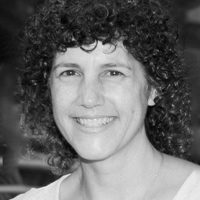Question
What is aumented mobility?
Answer
Augmented mobility is categorized into three main subcategories: walking aids, which includes canes and crutches, walkers, and gait trainers. All of these either "augment" or assist someone's ambulation. A client may have decreased strength and needs something to provide some additional support. These devices take the amount of strength that would be required in the legs and transfer some of it to the upper body. These devices can be helpful for people who have decreased balance or a high risk of falling by providing stability for them. Our goal, when prescribing these devices for clients, is to prevent the client from falling, as this can lead to injury. Our clients may have difficulty getting up from a seated position and these devices can help with this as well. These devices may increase either the distance that a client can move themselves or the efficiency of that movement, decreasing the amount of work that the client needs to put into the task. Overall, we want our clients to be as independent and safe with mobility as possible.
By getting this person upright, we are also providing strengthening and dynamic weight-bearing. This is particularly true of gait trainers. Gait trainers are a unique area of augmented mobility, where our purpose may be improved mobility, but also specific therapeutic goals like strengthening and dynamic weight-bearing.
